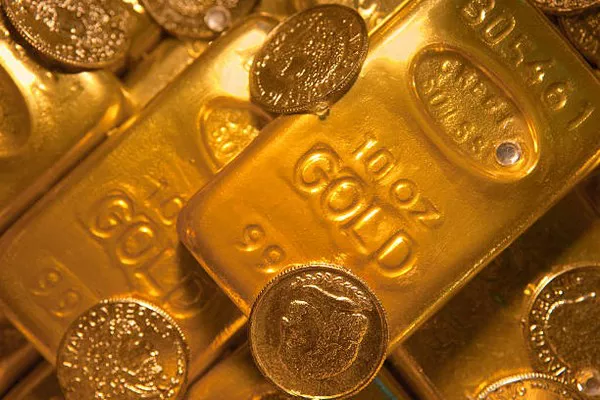In the intricate world of precious metals, gold and silver have long stood out as symbols of wealth and prosperity. However, one cannot help but notice the glaring difference in their values, with gold consistently commanding a higher price than silver. This phenomenon has intrigued economists, investors, and enthusiasts alike, prompting an exploration into the factors that contribute to silver’s relatively lower worth when compared to its illustrious counterpart, gold.
Historical Significance:
To comprehend the present dynamics of silver and gold pricing, it is imperative to delve into their historical significance. Gold has been a store of value and a medium of exchange for thousands of years, dating back to ancient civilizations. Its rarity, durability, and aesthetic appeal have endowed it with a timeless allure that transcends cultural and geographical boundaries.
Silver, too, has a rich history as a precious metal, used for currency, ornamentation, and industrial applications. However, its historical role has been overshadowed by the prominence of gold, which has been the preferred choice for wealth preservation and trade across diverse civilizations.
Supply and Demand Dynamics:
One key factor influencing the worth of silver compared to gold lies in the fundamental principles of supply and demand. Gold’s scarcity plays a pivotal role in its elevated value. The limited global gold supply, combined with a consistently high demand for the metal in various sectors such as jewelry, technology, and investment, contributes to its high market price.
Silver, on the other hand, is more abundant in the Earth’s crust and is frequently produced as a byproduct in mining operations focused on other metals like copper, lead, and zinc. This abundance, coupled with its diverse industrial applications, leads to a comparatively higher annual production of silver. The increased supply, when juxtaposed with a demand that is less intense than gold’s, contributes to silver’s lower market value.
Industrial Demand:
Unlike gold, which is predominantly valued for its aesthetic appeal and use as a financial hedge, silver has a significant industrial component. Approximately half of the annual silver demand arises from industrial applications, including electronics, solar panels, and medical technology. This dual role as both a precious metal and an industrial commodity exposes silver to fluctuations in industrial production and economic conditions, impacting its market value.
Gold, while also utilized in some industrial applications, is primarily valued for its rarity and enduring appeal. The limited industrial demand for gold allows it to maintain a more stable price, driven predominantly by investment and jewelry markets.
Perceived Store of Value:
The perception of gold as the ultimate store of value has been deeply ingrained in the collective consciousness of societies worldwide. Throughout history, gold has been associated with wealth, power, and stability, making it a sought-after asset in times of economic uncertainty. Investors often turn to gold as a safe haven during economic downturns or currency crises, further solidifying its status as a reliable store of value.
Silver, despite its historical significance and use as a store of value, has not enjoyed the same level of reverence as gold in this regard. Its dual role as an industrial metal and precious metal has contributed to a perception that is less singularly focused on wealth preservation. As a result, investors may view silver as more susceptible to economic volatility, impacting its market value.
Market Liquidity and Trading Volumes:
The liquidity of a market and the volume of trading also play a crucial role in determining the relative values of precious metals. Gold’s market is notably more liquid, with higher trading volumes and a more established infrastructure for trading and investment. This liquidity provides investors with confidence in the ease of buying and selling gold, contributing to its stability and higher perceived value.
Silver, while still a liquid market, does not match the level of liquidity seen in the gold market. The relatively smaller trading volumes and market size can result in more significant price volatility for silver, affecting its perceived worth compared to gold.
See Also Does Silver Go Up During Inflation? All You Need to Know
Conclusion:
In conclusion, the complex interplay of historical significance, supply and demand dynamics, industrial applications, perceived store of value, and market liquidity collectively contribute to the observed difference in value between silver and gold. While both metals hold intrinsic value and have unique roles in various sectors, gold’s scarcity, historical significance, and singular focus as a store of value have propelled it to a higher market worth.
Understanding these factors provides investors and enthusiasts with valuable insights into the dynamics of precious metal markets, helping them make informed decisions about the role of silver and gold in their portfolios. As economic conditions and industrial trends continue to evolve, the relative values of these precious metals will likely undergo further fluctuations, making it essential for stakeholders to stay informed and adapt to the ever-changing landscape of the global economy.


